The world of audio processing is filled with tools designed to shape and refine sound, but few are as immediately impactful as the noise gate. Among its most critical parameters, the Attack and Release settings stand out as the unsung heroes of dynamic control. These two knobs, often overlooked by beginners, hold the key to achieving both surgical precision and natural transparency in gating. Understanding their interplay isn’t just technical nitpicking—it’s an art form that separates amateurish choppiness from professional polish.
At its core, the Attack time determines how quickly the gate opens once a signal crosses the threshold. Set it too fast, and you risk capturing unwanted transients or artificial sharpness; too slow, and you’ll blunt the natural attack of instruments like snares or guitars. Imagine a drummer’s stick hitting the head—the initial crack is what gives the performance its energy. A gate with a poorly tuned attack can either exaggerate this transient to the point of harshness or suppress it into lifelessness. The magic lies in finding that sweet spot where the gate respects the instrument’s natural envelope while still eliminating bleed or noise.
Conversely, the Release parameter dictates how gracefully the gate closes after the signal falls below the threshold. This is where many mixes go wrong. An overly abrupt release chops tails off reverbs or decaying notes, creating a jarring, unnatural silence. On the other hand, a release that’s too slow defeats the gate’s purpose, allowing noise or bleed to creep back in during pauses. The best engineers use release times almost like an expression tool—for instance, lengthening it slightly on a vocal gate to preserve the singer’s breath between phrases, or tightening it on a distorted guitar track to maintain tightness during rapid riffing.
What makes these parameters particularly fascinating is their genre-dependent nature. Dance music producers often employ extremely fast attack and release times to create that iconic, stuttering effect where sounds appear and disappear with almost digital precision. In contrast, jazz or classical recordings might use slower, more musical settings to ensure the gate breathes with the performance rather than against it. There’s no universal preset—every session demands fresh ears and adjustments.
The relationship between attack and release becomes even more critical when dealing with complex sources like overhead mics or ambient recordings. Here, the gate must act like a ninja—present enough to reduce cymbal wash or room noise, yet invisible enough to avoid altering the perceived space. This often involves layering multiple gates with different settings or using sidechain filters to make the gate respond only to specific frequency ranges. Advanced users might even automate these parameters throughout a song to adapt to changing dynamics.
Modern plugins have introduced game-changing features like lookahead attack and adaptive release algorithms. Lookahead allows the gate to "see" transients milliseconds before they occur, enabling ultra-fast attacks without artifacts. Adaptive release automatically adjusts closure times based on input signal characteristics—fantastic for handling unpredictable sources like live vocals. Yet despite these technological leaps, the fundamental philosophy remains: attack and release aren’t just numbers; they’re storytelling devices that shape how a listener experiences time and space within a mix.
Perhaps the most overlooked aspect is how these settings interact with other processors downstream. A gate with a slow release feeding into a compressor can trigger unwanted gain pumping, while a fast-attack gate before a distortion unit might emphasize unpleasant frequencies. Seasoned engineers often repatch their signal chains or tweak gate settings after hearing how processors interact—a reminder that mixing is never about soloed tools but about the ecosystem they create.
In live sound, attack and release take on life-or-death importance. A gate on a kick drum mic with sluggish attack might miss the beater’s impact during a fast double-bass passage, while one with an overly eager release could cut off the resonant thump that gives the kick its weight. Monitor engineers in particular must walk a tightrope—gates that are too aggressive cause musicians to overplay, while overly lenient settings allow feedback-inducing frequencies to slip through during quiet moments.
Interestingly, some of the most creative uses of noise gates flip traditional wisdom on its head. By setting unusually long attack times, you can create reverse-style effects where sounds fade in rather than burst forth. Extreme release settings turn gates into rhythmic tools, chopping sustained pads into sixteenth-note pulses. The punk band The Exploiting famously used a gate with a 1ms attack on their guitarist’s amp to achieve their signature "stab" sound—proof that rules are meant to be broken once fundamentals are mastered.
As with all great audio tools, the ultimate teacher is time. Training your ears to recognize how microscopic adjustments to attack and release affect the emotional impact of music takes years of critical listening. It’s worth remembering that some of the most revered records in history used noise gates in ways that would make modern engineers cringe—yet they worked because they served the song. In the end, these parameters aren’t about technical perfection but about serving the music’s soul, one millisecond at a time.
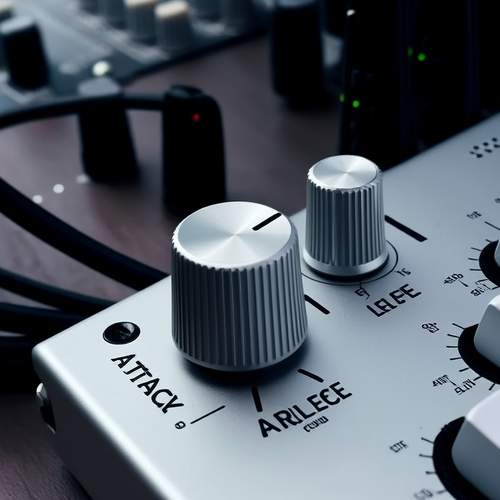
By /May 30, 2025
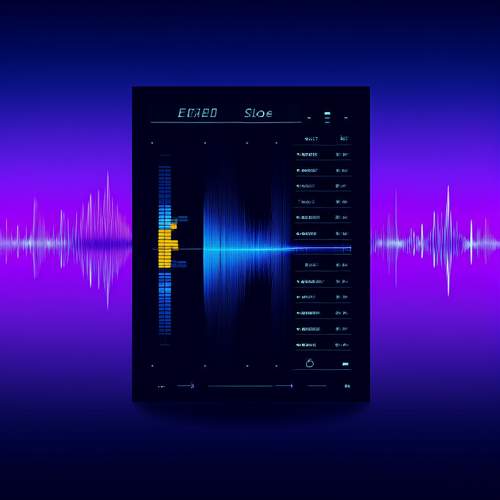
By /May 30, 2025
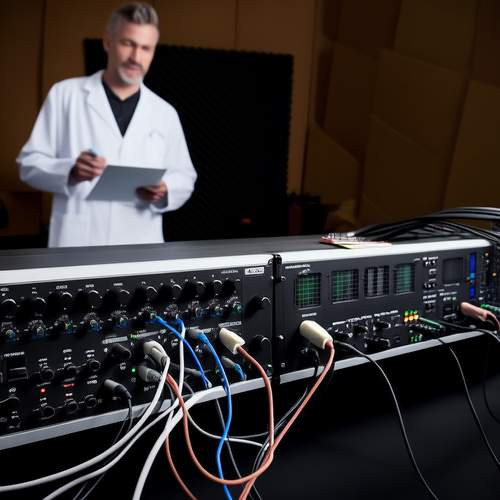
By /May 30, 2025
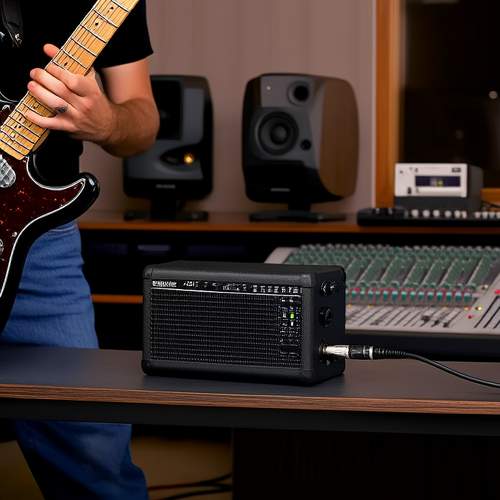
By /May 30, 2025

By /May 30, 2025

By /May 30, 2025
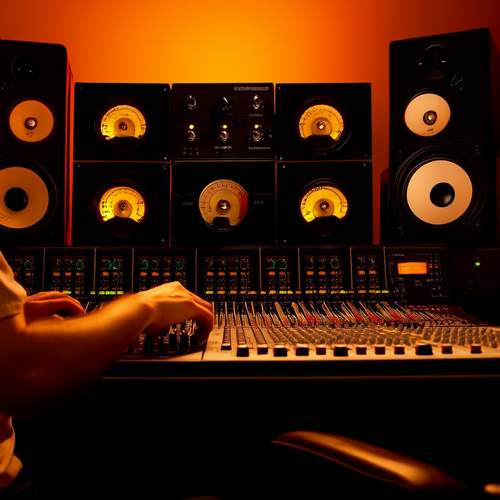
By /May 30, 2025
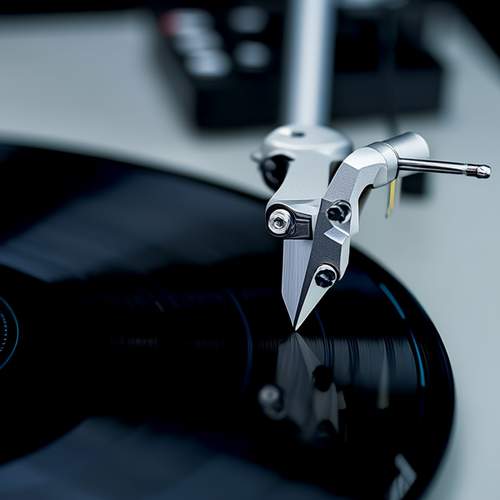
By /May 30, 2025

By /May 30, 2025

By /May 30, 2025
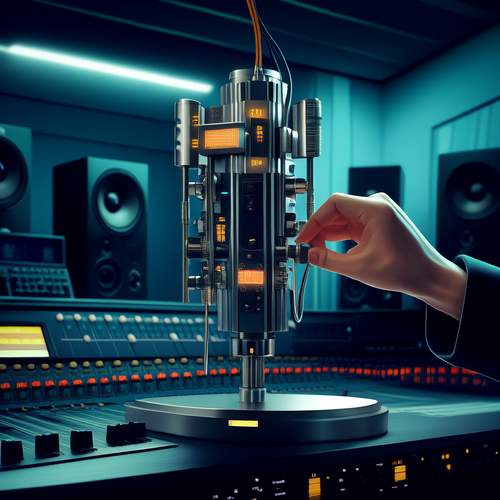
By /May 30, 2025

By /May 30, 2025
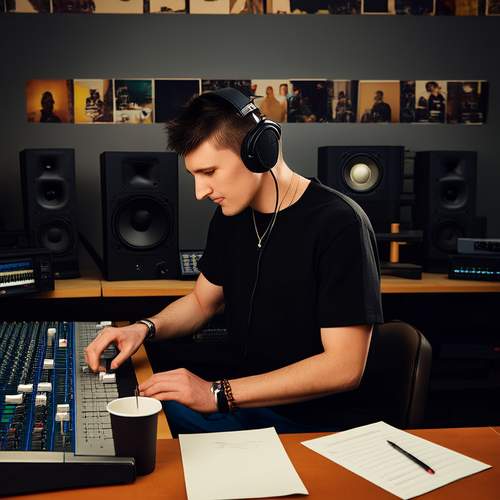
By /May 30, 2025
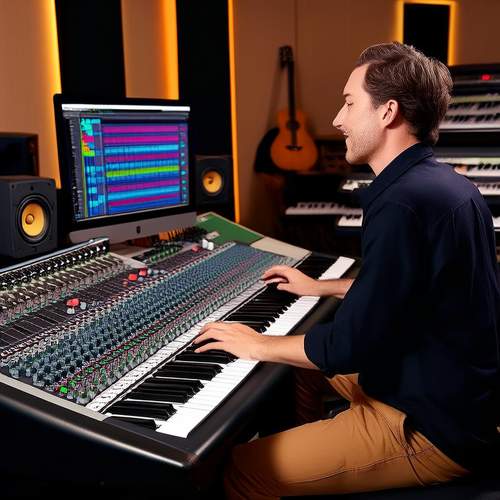
By /May 30, 2025
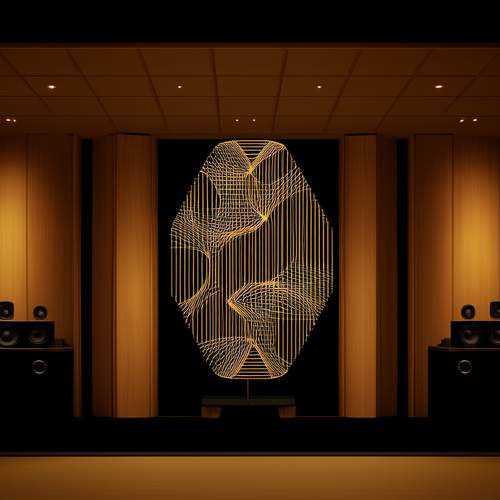
By /May 30, 2025
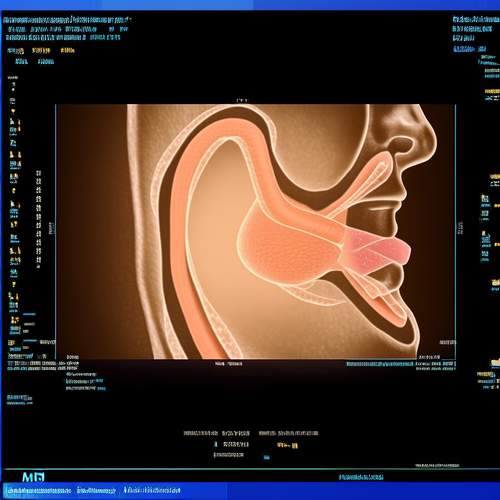
By /May 30, 2025

By /May 30, 2025

By /May 30, 2025

By /May 30, 2025
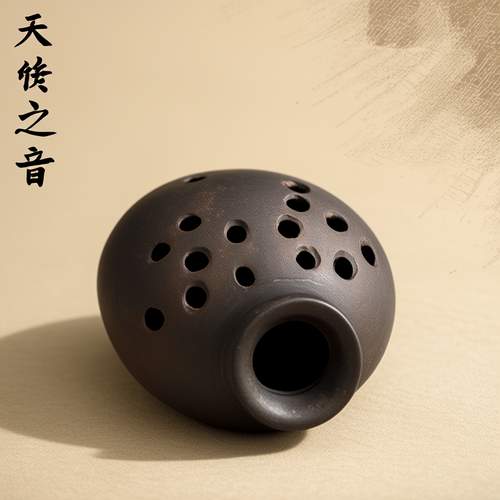
By /May 30, 2025